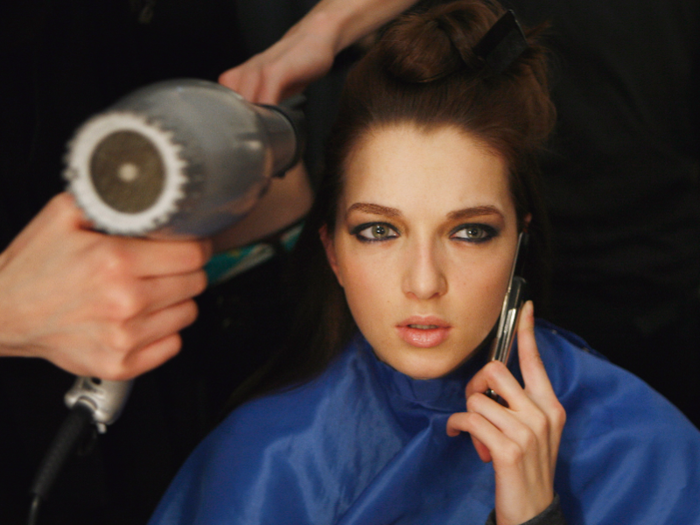- Home
- slideshows
- miscellaneous
- The only things that actually cure baldness, according to science
The only things that actually cure baldness, according to science
Hair loss, also called alopecia, is most often hereditary — passed down from generation to generation.

The most common kind of hair loss is male pattern baldness (androgenetic alopecia). Doctors estimate this condition may affect up to 80% of white men by their 70th birthday.
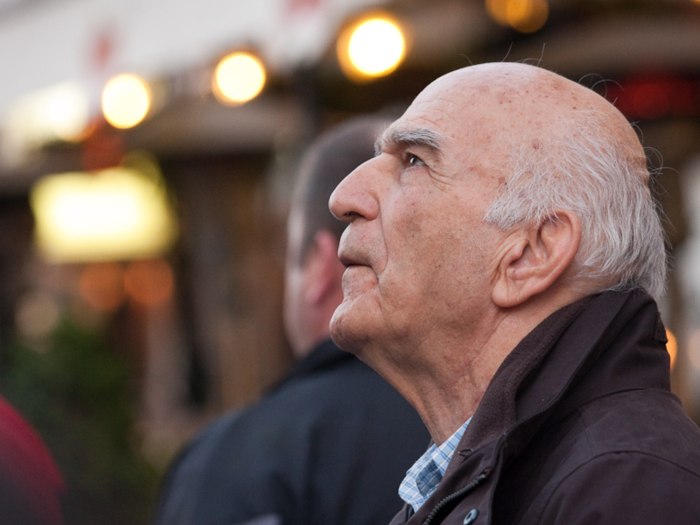
This form of hair loss can also be associated with other medical conditions like coronary heart disease and prostate problems for men, as well as hormonal imbalances in women, according to the National Institutes of Health.
It affects more than half of all women, too, and is caused by the sex steroid hormone dihydrotestosterone.
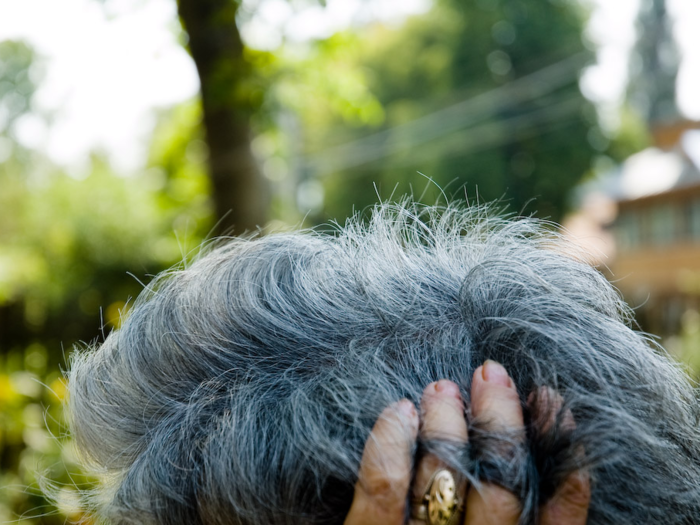
Source: Cleveland Clinic
Often in men, it’ll start at the temples or in the back of the head, at the top.
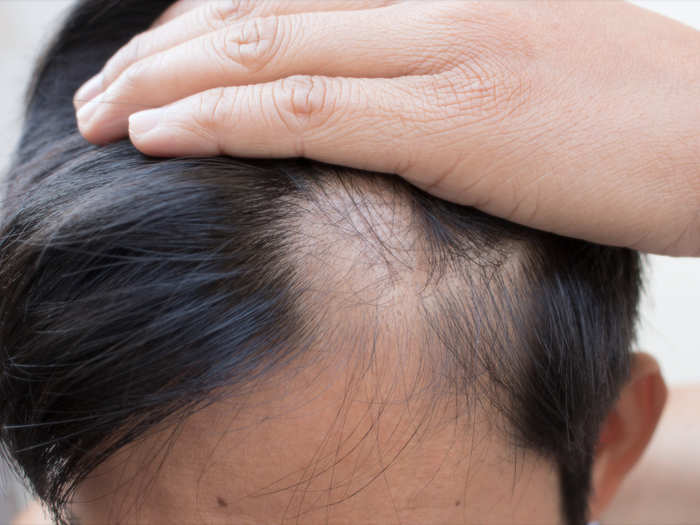
In women, it can show up first near the front of the head, or in a widening of the scalp line, where hair becomes thinner.
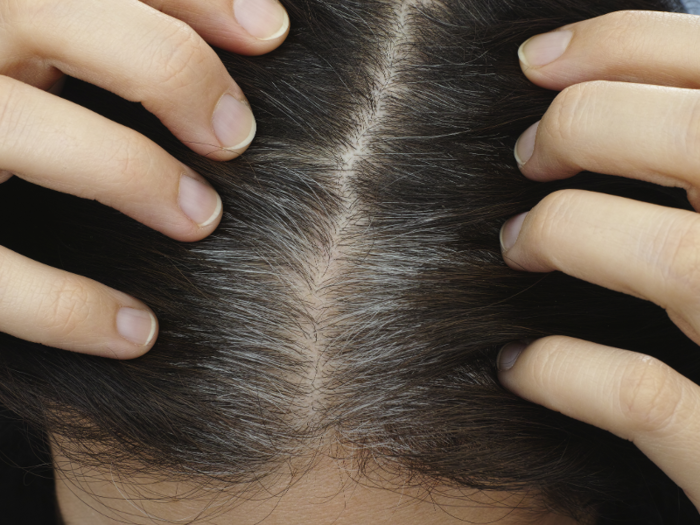
Other types of hair loss can be a result of scarring damage from hot combs, weaves, chemical relaxers, and hair dryers, so it's important to be gentle with your hair.

Hair loss won't usually feel like much when it’s happening. But sometimes it can be a warning sign of a larger health issue, especially if there’s scarring on the scalp. Women with hair loss who notice other changes in their bodies, like a drop in their voice or more acne, might want to get checked out by a doctor.
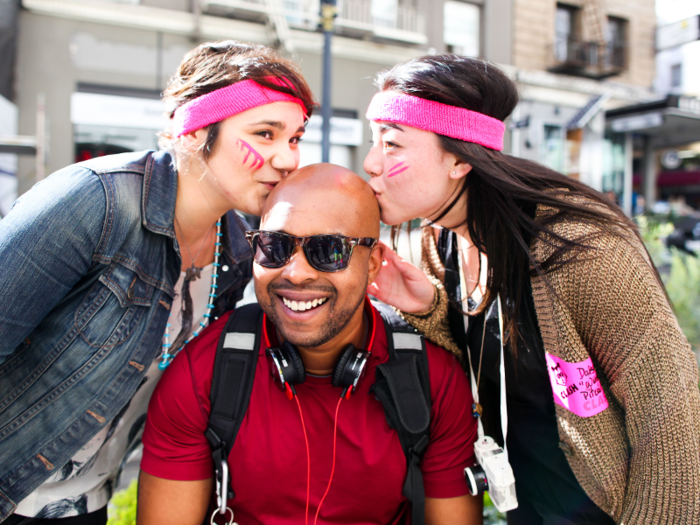
These can be warning signs of a serious condition called Polycystic Ovarian Syndrome.
It’s actually a normal thing for hair to fall out. Hair starts its life with a long growing phase, and usually about 80% of our hair is in this phase at any given time. But other hairs are getting ready to leave our heads.

The other 20% of our hair is going through a transitional period, and then a resting phase, where it falls out.
Source: Cleveland Clinic
But after a fresh shampoo, that number can jump to around 250. That's okay, because we typically have have about 100,000 hairs on our heads at any given time.
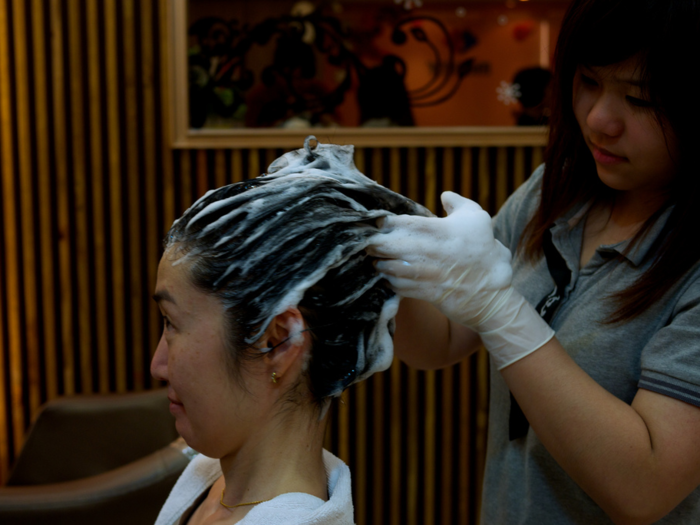
The process of phasing out old hair typically takes around 3 to 5 months.
Source: Mayo Clinic
Normally, at the end, a new hair starts growing from the empty follicle but with alopecia, that doesn’t happen.
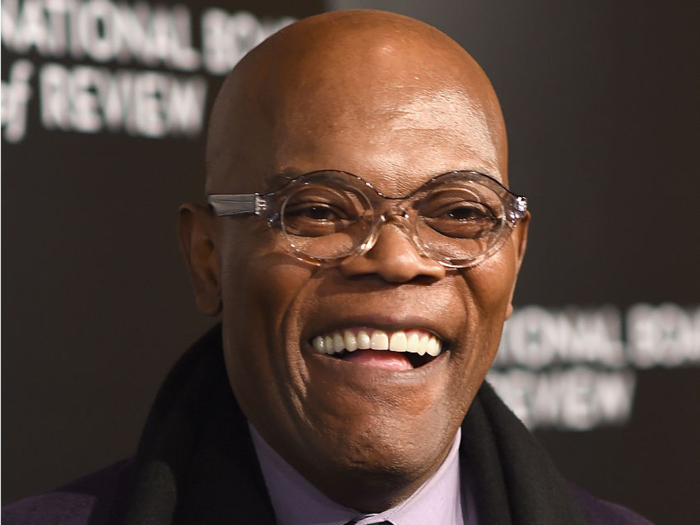
The hair loss can be focal, and concentrated in one spot, or diffuse, and all over the head.
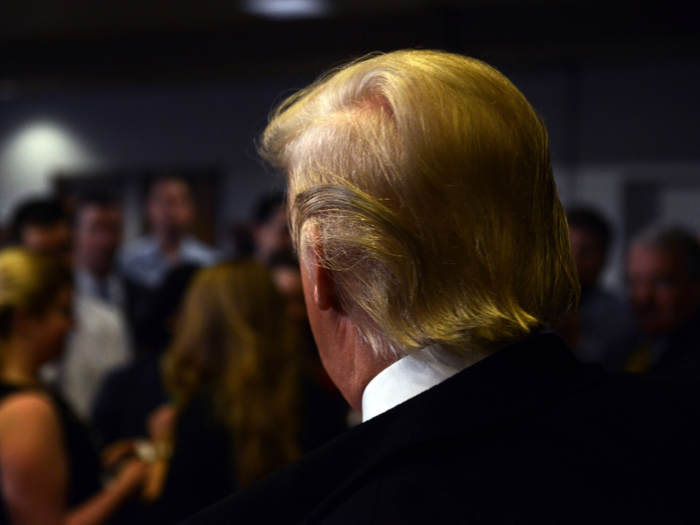
Sometimes there’s scarring, because the hair follicle is being destroyed, and this may be a sign there’s a disorder present that should be investigated.
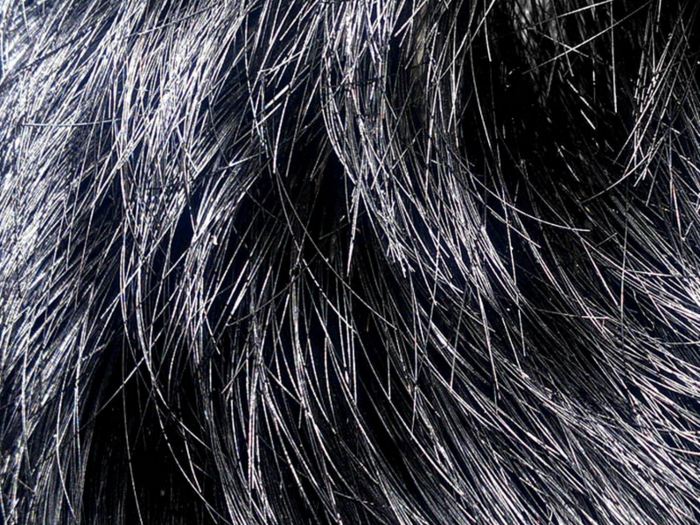
There are only a few proven ways that we know can treat baldness, but scientists are still searching for new cures.

One of the first successful treatments was invented by this man. It's called Minoxidil.
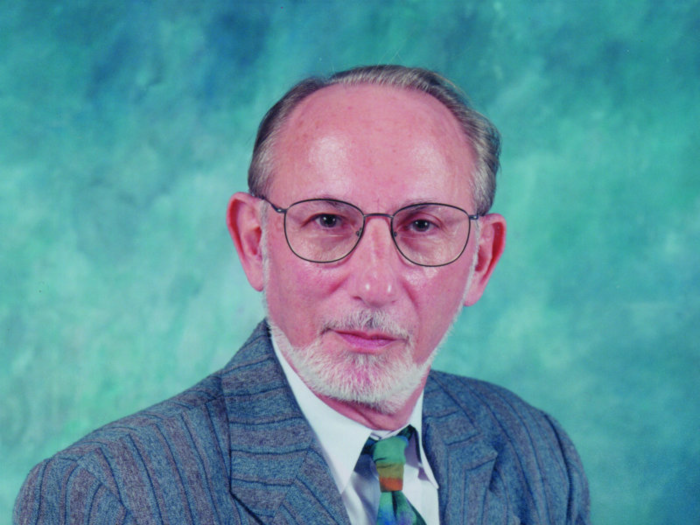
But you may know it better by its brand name: Rogaine.
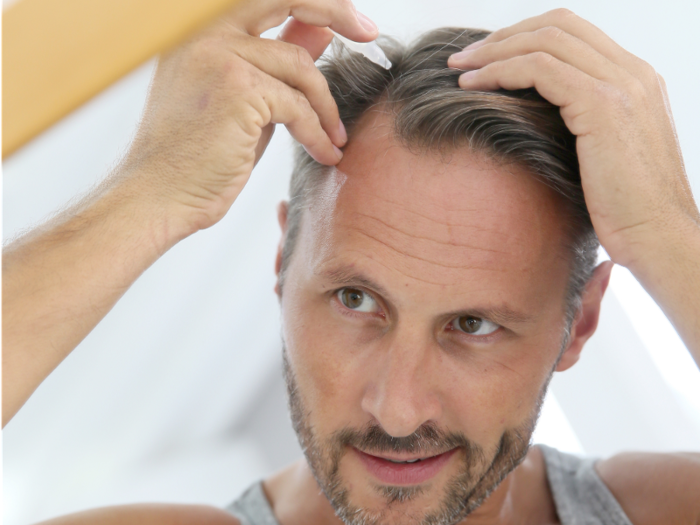
It's usually applied to the scalp with foam or a dropper, twice a day. It helps re-grow hair and prevent new hair loss, too.
Rogaine makes the hair-growing phase last longer, and enlarges and matures thin hairs. But it doesn't work for everyone.
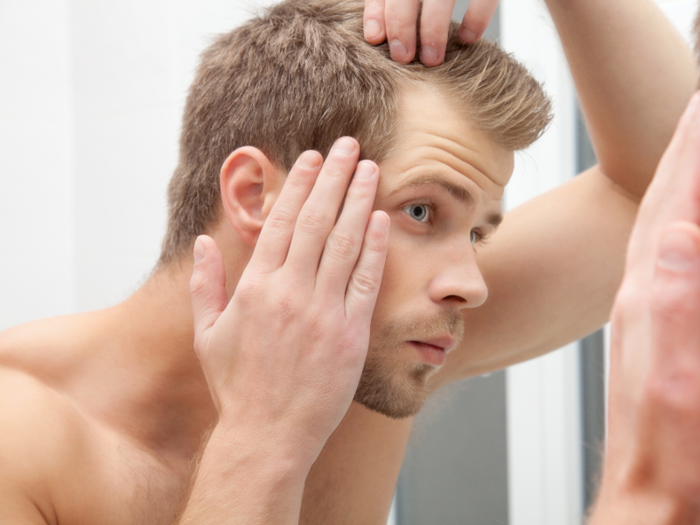
"Usually only 30 to 40% of patients experience significant hair growth,” the Merck Manual says.
You may start seeing it work in about four months, but it can take up to eight to 12 months to really jumpstart hair growth. It also might irritate your scalp, cause more facial hair to appear, or trigger a rapid heart rate.
Rogaine is a commitment: if you stop using it, any hair you’ve regrown could fall out, and you’ll go back to losing hair like you were before you started taking it.

The other proven option for men is the oral tablet finasteride, known by its brand name Propecia. The drug can stop hair loss and stimulate hair growth, but it has some side effects.

The drug blocks the effects of male hormones on the hair follicles, and is taken daily.
Usually, patients can see it start working in 6 to 8 months, but it can also decrease sex drive, increase breast size, and contribute to erectile dysfunction, according to Merck Manuals. It's also dangerous for pregnant women to touch the crumbly pill powder.
Other supplements, pills, or miracle cure-promises won’t do anything for you.

While there’s some indication that a concoction of lavender oil, thyme, rosemary and cedar could be helpful, we still need more research to know for sure.
Source: Mayo Clinic
Scalp scientist (trichologist) Shirley McDonald recently told Business Insider that other cosmetic fixes like hair transplants are getting much better, and instead of looking like “doll’s hair," as they used to, they're getting quite convincing.
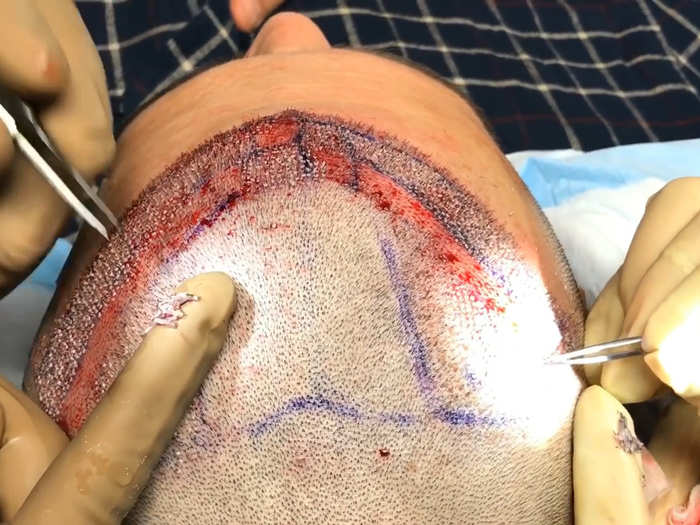
McDonald said hairs are now put in individually by a surgeon or a robot. But gene therapies will be the next step, she says.
Until then, one other great way to treat baldness is to embrace it, and choose the shaved head look. Research suggests this strategy could score you some serious street cred: people tend to assess smooth-headed baldies as both stronger and taller than their hair-brained counterparts.
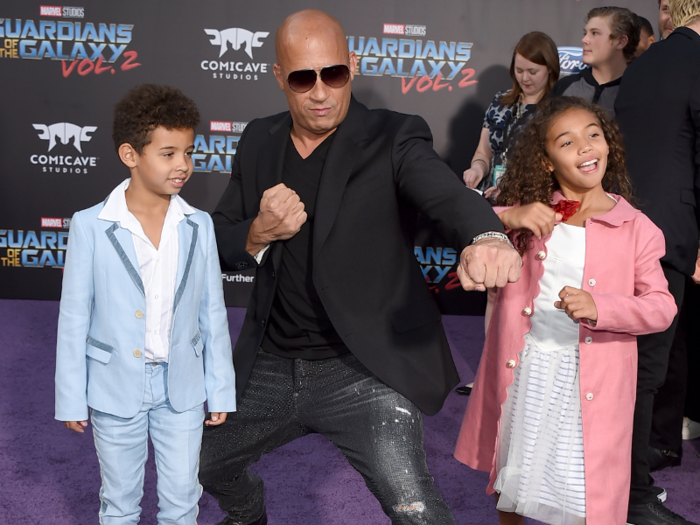
One 2012 study found that when people evaluated photos of the same men pictured with and without their hair, they saw the men as "nearly an inch taller and 13% stronger when pictured with shaved heads versus with hair."
Popular Right Now
Popular Keywords
Advertisement
